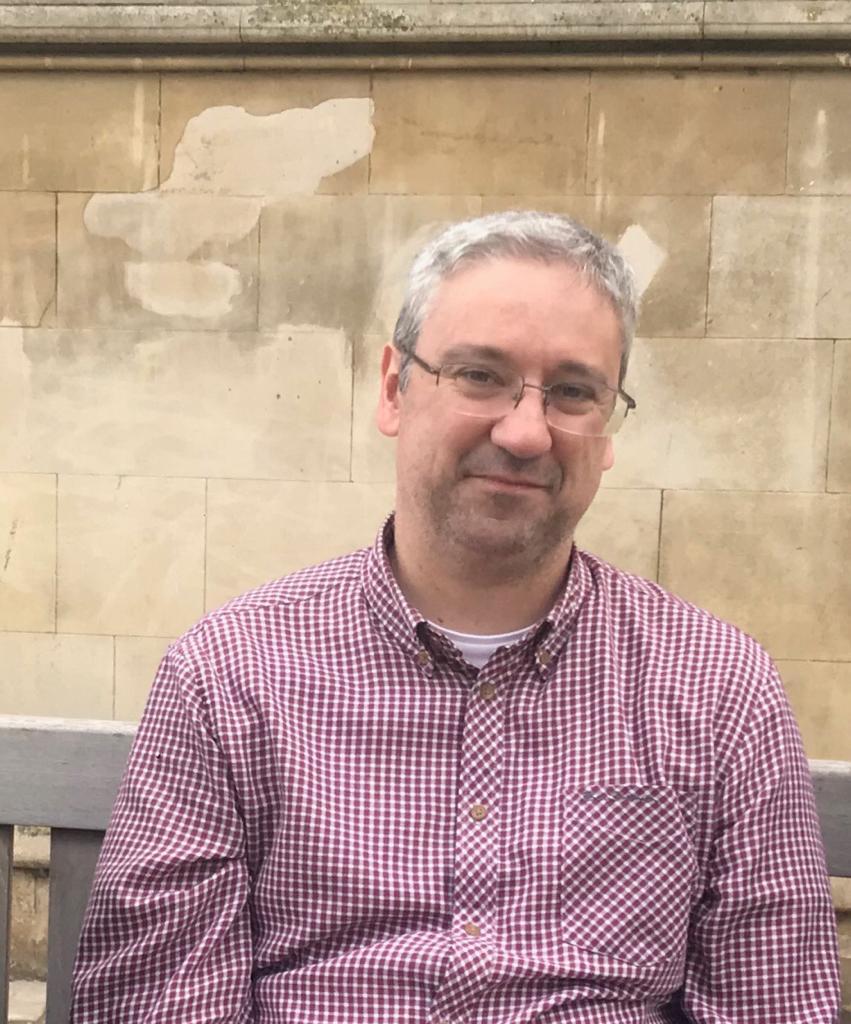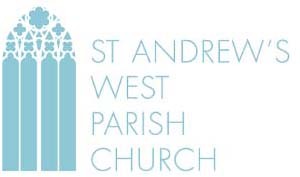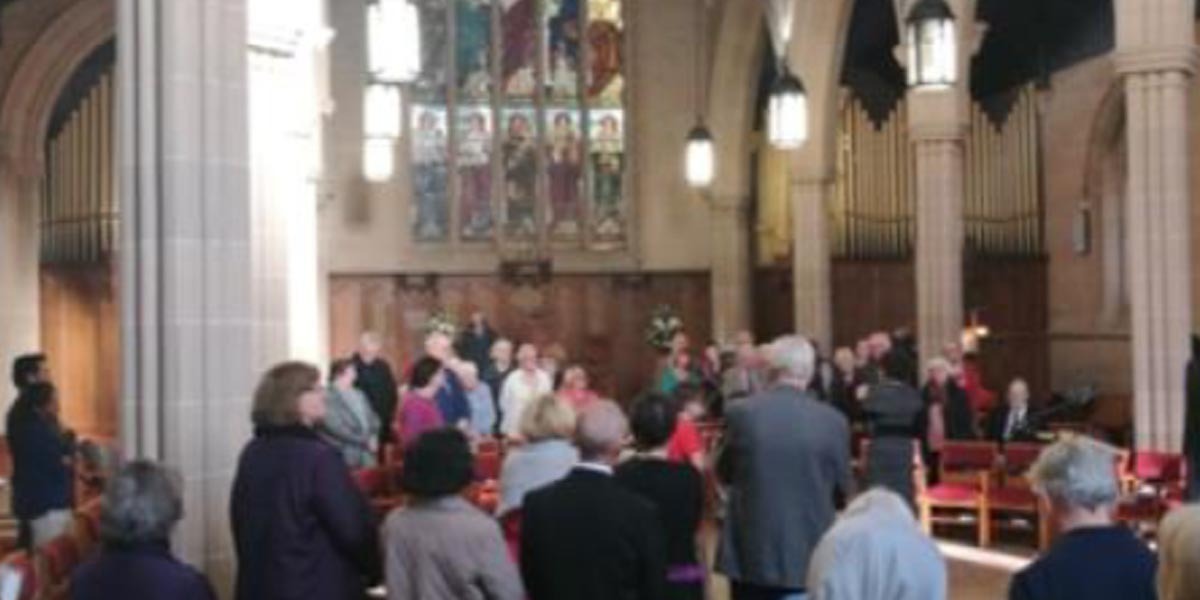Congregation
Renfield St Stephen’s congregation came into being as a result of a series of 13 congregational unions that took place between 1916 and 1974. The unions were mostly caused by an oversupply of church premises following the reunion of the Church of Scotland in 1929, a church building that was gutted by fire, the large scale redevelopment of the north and west of the city centre in the 1960s to clear substandard housing and to construct the M8 motorway. Of the original buildings only the current church and the former Cowcaddens Church (now the National Piping Centre) survive.
The original congregations were (foundation date):
St Stephen’s (1835);
Milton (1836);
St Matthew’s (1837);
Renfield Street (1848);
Shamrock Street (1849);
St Stephen’s West (1850);
Port Dundas (c1855);
Cowcaddens (1867);
Lyon Street (1870);
Blythswood (1875);
St Georges Road (1876);
Grant Street (1876);
Garnethill (1880).
Church Building
1849 Following a split in the congregation of George Street Congregational Church, a group set up an Independent Church led by the Rev Samuel T Porter and purchased land in Bath Street/Holland Street to build a church. Noted London architect, John T Emmett, who specialised in the English Gothic Revival style, designed the new church.
1852 The church building was completed at a cost of £10,000. It was reported in The Illustrated London News of 19 June 1852. Records of the independent congregation no longer exist. By 1874 the congregation had dwindled and was no longer active. The building put up for sale.
1875 The building was purchased by James Baird of Cambusdoon, Ayrshire, who gifted it to the Church of Scotland for use by the congregation of the Parish of Blythswood. It became known as Blythswood Parish Church.
1905 A stained-glass window, designed by Norman McLeod, was installed behind the chancel by the congregation in memory of James Baird incorporating the text Come unto Me, all ye that labour and are heavy laden, and I will give thee rest (Matthew 11:28).
1920 The church became the home of the united congregations of St Matthew’s and Blythswood under the name of St Matthew’s Blythswood Parish Church. The War Memorial at the back of the chancel was dedicated that year.
1960 St Matthew’s Blythswood united with St Stephen’s Buccleuch to become St Stephen’s Blythswood Parish Church. Monthly services continued to be held in the building, but most services took place in the former St Stephen’s Church in Cambridge Street.
1966 The building was sold by St Stephen’s Blythswood to the Renfield Street Trust for use by Renfield Parish Church. The Renfield Street Trust had been formed in 1964 to manage the funds following the sale of Renfield Street Church (later demolished) to British Home Stores (BHS).
1969 After substantial refurbishment the church was rededicated. The adjoining church centre was constructed and opened. It was built on the site of tenement flats that were demolished to create a patio, suite of halls, offices, chapel and café.
1974 Renfield and St Stephen’s (it had changed its name to St Stephen’s in 1967 following union with Cowcaddens) united to become Renfield St Stephen’s Parish Church. The St Stephen’s buildings, which were in need of major repairs, were sold for commercial development and demolished shortly after.
1981 We hosted a visit by the Lord High Commissioner to the General Assembly of the Church of Scotland, the Earl of Elgin.
1989 The fountain from the church garden at the Glasgow Garden Festival 1988 was installed in the patio.
1993 The church centre was significantly altered and refurbished. A new entrance was constructed at ground level with internal wheelchair access. The chapel was named ‘St Matthew’s Chapel’.
1998 A hurricane on Boxing Day (also St Stephen’s Day!) caused the collapse of the steeple (which was undergoing repair surrounded by scaffolding) into the sanctuary causing extensive structural damage. Thankfully no one was injured or killed. Weekly worship continued in the hall.
2001 The restored and refurbished sanctuary and chapel were formally rededicated by the Kirk Moderator. Chairs replaced the pews and the pulpit was removed. The organ console was rebuilt. Later that year we hosted a visit by HRH The Princess Royal.
Church & Centre Staff
| Minister | Rev .Dr. Kleber Machado |
| Session Clerk | Kenneth Rogers |
| Treasurer | William Pollock |
| Church Officer | Kenneth Watson |
| Organist | Sam Prouse |
| Safeguarding Coordinator | Evelyn Rogers |
| Centre Manager | Stewart Kerrigan |
| Administrator | Carol Taggart |
Our new Minister Rev. Dr. Kleber Machado was inducted on
Rev. Dr. Kleber Machado BD MTh MSc PhD Kleber was born in Brazil in a Presbyterian family. He was ordained to ministry over 20 years
Kleber was born in Brazil in a Presbyterian family. He was ordained to ministry over 20 years
ago. In his last years in Brazil he was minister in a parish of Dutch immigrants that moved to
Brazil in the 1950s. From there he moved to the Netherlands to pursue further theological
studies and from there he moved to Scotland to serve the Church of Scotland. He undertook a
‘familiarisation period’ of one year in a priority area parish in the south of Glasgow.
Thereafter, he was called to St. Ninian’s Corby in the East Midlands in England, one of the
congregations of the Presbytery of England. After seven years in Corby he was called and
inducted as the first minister of St. Andrew’s West in November 2019. He is married to Ingrid
and they have three children (two already grown up).

